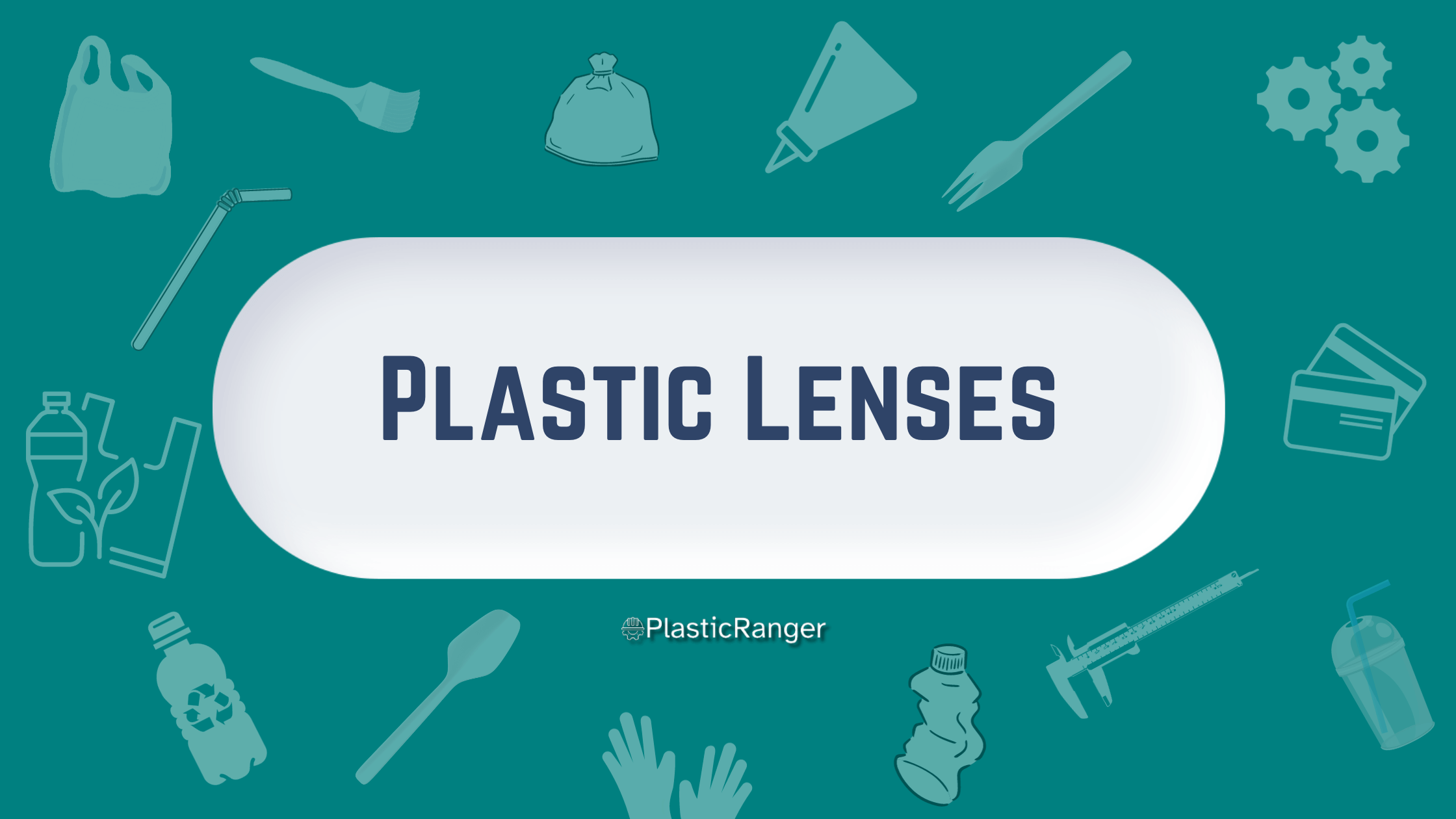Plastic Lenses: A Comprehensive Overview
Plastic lenses have become an integral part of our daily lives. Whether in eyeglasses, cameras, or other optical devices, plastic lenses offer numerous advantages compared to traditional glass lenses.
This article delves into plastic lenses’ properties, advantages, disadvantages, and applications.
History and Development
The history of plastic lenses began in the early 20th century when acrylic and polystyrene were used as substitutes for glass. Their lightweight and impact-resistant qualities made them a favored choice for many applications.
By the 1980s, innovations in the field led to the development of the widely used polycarbonate lenses, marking a new era in optical technology.
Properties of Plastic Lenses
Weight: Plastic lenses are considerably lighter than glass lenses. This makes them a comfortable choice for eyewear, reducing the strain on the nose and ears.
Durability: Plastic lenses are less prone to shattering on impact than glass lenses. Polycarbonate lenses, for instance, are ten times more impact-resistant than plastic or glass lenses, making them a preferred choice for safety glasses, and children’s and sports eyewear.
Optical Clarity: While high index plastic lenses can offer excellent optical clarity, it’s essential to note that not all plastic lenses are equal. Their visual performance depends on the quality of materials and manufacturing processes used.
UV Protection: Polycarbonate lenses inherently block most ultraviolet (UV) radiation, providing added eye protection. Some other plastic lens materials may require additional coatings to achieve this level of security.
Advantages of Plastic Lenses
Safety: Being shatter-resistant, plastic lenses are safer for users, especially in environments with a risk of the lens breaking upon impact.
Comfort: Their lightweight nature ensures enhanced comfort for prolonged wear, which is particularly beneficial for those who need to wear their glasses for extended periods.
Versatility: Plastic lenses can be easily molded into various shapes and sizes, ideal for fashion eyewear or specialty optics.
Cost-effective: Manufacturing plastic lenses is generally less expensive than glass lenses, leading to more affordable eyewear options for consumers..
Disadvantages of Plastic Lenses
Scratch Resistance: Plastic lenses, especially polycarbonate, are more susceptible to scratches than glass lenses. However, this can be mitigated by adding a scratch-resistant coating.
Cleaning: Some plastic lenses can retain oils or smudges more readily, requiring regular cleaning. Using appropriate lens cleaning solutions and microfiber cloths can help maintain clarity.
Aberrations: Cheap or poorly-made plastic lenses can sometimes introduce optical aberrations, affecting the quality of vision. It’s always advisable to choose high-quality lenses from reputable sources.
Applications
Eyewear: Plastic lenses have become the standard from prescription glasses to sunglasses. Their lightweight ensure they’re comfortable, and the possibility of adding various coatings (anti-scratch, anti-glare, UV protection) makes them highly customizable.
Cameras: Compact and mobile phones often use plastic lenses because they’re lighter and more durable.
Safety and Sports Goggles: Given their impact resistance, plastic lenses are the go-to choice for protective eyewear in industries, labs, and sports.
Augmented Reality (AR) and Virtual Reality (VR) Devices: Plastic lenses are frequently used in AR and VR headsets because of their lightweight and flexible design properties.
Conclusion
Plastic lenses have revolutionized the world of optics. Their versatility, weight, safety, and cost advantages make them an attractive choice for a wide range of applications. However, knowing their limitations is crucial and ensuring that any coatings or treatments required (like UV protection or scratch resistance) are appropriately applied. As with any product, always prioritize quality when choosing plastic lenses to ensure optimal performance and longevity.
Quick Navigation

